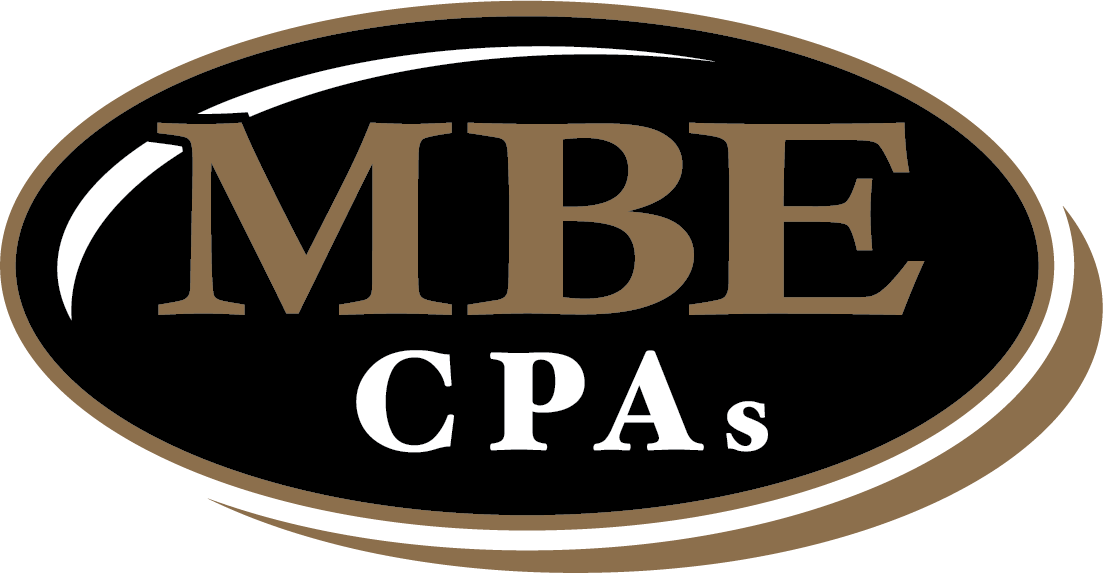Greedflation

Greedflation: How Small Businesses Can Thrive Fairly
As people begin to pick up where they left off after almost three years, they now face the escalating prices of fuel, housing, goods, and services. Although this has been on the horizon for as long as the pandemic has been around, preparation for the income-expense disparity seems to fall short of being able to hold out until things return to normal.
Currently, the U.S. confronts a soaring inflation rate recorded at 8.6% in May 2022, reaching an all-time high since December 1981.
According to the New York Times, Three Factors are driving this number:
Strong Demond

In contrast, businesses are having a hard time keeping up with the growing demand of too few goods to release to the market, slumped further by debilitating production and labor costs.
Then what is Greedflation?
Myth or Fact?
This is a question of motive.
It is true that most companies currently have never-before-seen soaring profits. This is evidenced by the collective 12.18% net profit margin noted in the 12-month financial statements of companies in the S&P 500 index (i.e. a stock market index tracking 500 of the largest U.S. companies), in 2021.
To make it much worse, this is expected to reach 13% in 2022. This is the highest recorded net profit margin since 1999, with 2018’s 10.75% coming in at second.
However, the question is, are these profits a result of price gouging or a natural upshot of the economic concept of supply and demand?
Supply and Demand
The law of supply and demand is a basic economic principle that provides for the inverse relationship of supply and price and the direct relationship between demand and price, meaning:
- When the supply of a product or service increases, its price decreases, and when the supply decreases, the price increases;
- On the other hand, when the demand for a product or service increases, its price also increases, and when the demand decreases, the price also drops
With inflation caused by both high demand and low supply, such as what we are currently facing, it is inevitable for companies to mark up prices to make up for the inability to satisfy the growing demand of consumers. That way, goods and services are only made available to those who can afford them, thereby easing the demand down a notch in the long run as other consumers settle for more affordable alternatives.
Companies can also take advantage of this price hike to compensate for lost profits on slow-moving or non-moving goods and services for which the demand is low.
As there is no set standard as to how high profits can go during a crisis, there are definitely those who will take advantage of this under the guise of inflation. This lack of a profit ceiling and any way of knowing the inner workings and motivations of companies makes the issue of price gouging still debatable. This is both a question of practicality and morality.
Role of Small Businesses
Whether high-profit margins are driving inflation or not, we must not be sidetracked and overlook positive means of spurring economic growth, like supporting small businesses.

Tips for Small Businesses to Morally Thrive During Inflation
Tip #1: Improve Productivity Through Technology
As wages increase, there is a need to make the most of the time spent by employees. This can be done by investing in software that automates repetitive tasks in supply chain, marketing, customer support, finance, and more. This can also save you costs in office supplies and cut up losses caused by human error and inefficiencies.
You can also make use of tools that track your employees’ projects and tasks and those that drive productivity through techniques that improve focus and workplace mindfulness.
Tip #2: Find Area for Savings
Evaluate your ROI on projects with the highest budgets and be on the lookout for the following:
a. Office Expenses
Look closely at each department’s expense on office supplies and gain control by setting limits to order quantities by analyzing each team’s need and rate of consumption. More often than not, managers overlook office spending on small things like stationery, ink, and other materials.
b. Software Subscriptions
Review all your subscriptions and watch out for any redundant software and tools that can be cut down.
c. Advertising Costs
Reconsider your advertising strategy. You may be spending more on traditional advertising channels but generating more leads through word-of-mouth and social media.
d. Tax Write-offs
Have your CPA review your recent tax filings to look for missed deductions. The Internal Revenue Service (IRS) allows businesses to review and amend their taxes during the last three years.
e. Production Costs
Are your suppliers charging you so much for bulk purchases of production materials? This is a good opportunity to negotiate with them as they are also trying to make ends meet and keep their clients. You can also consider jumping to other vendors who are offering lower prices.
Tip #3: Consider Remote Work
Tip #4: Review Your Profit Margins and Increase Proces As Needed
Small businesses are prone to being martyrs when it comes to pricing, as much as large businesses are susceptible to price gouging.
As small businesses have more of a sense of community, they often tend to refuse to pass on the burden of rising costs to their customers.
However, in times of inflation, cutting costs and improving efficiencies are not enough for a small business to thrive and to cover growing expenditures and profit loss.
The solution: Regularly review your profit margins and if needed, mark up the prices of your goods and services. The technique is to increase it up to a rate that’s sufficient to compensate for increased productivity and labor costs while still leaving room for future margin increases amid the changing market conditions.
Small businesses are holding the fort until consumers gain back their purchasing power. Despite this, they are also most vulnerable when inflation is high. As such, they need all the support they can get to continue shaping the economic landscape and creating more jobs.
MBE CPAs has the right people, skills, and tools to help your business flourish during these challenging times.
